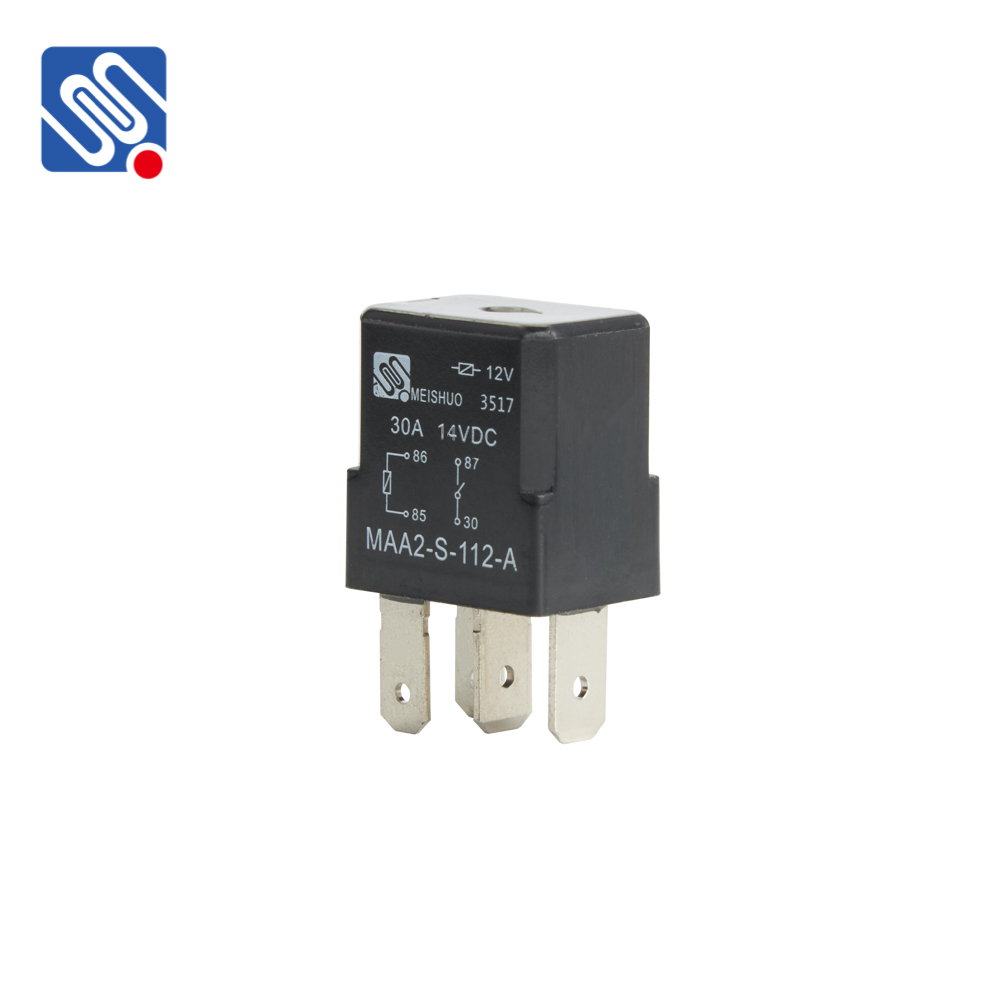Relays are integral components in electrical and electronic circuits, acting as electrically operated switches that control larger power systems with low-power signals. One of the essential aspects of a relay is the relay current, which refers to the electrical current required to energize the relay coil and activate the relay’s switching mechanism. Understanding relay current is crucial for ensuring the safe and efficient operation of electrical systems, especially in applications where relays are used for controlling heavy loads with smaller, low-power signals.

What is Relay Current? Relay current typically refers to the current passing through the relay’s coil when it is energized. The coil generates a magnetic field when current flows through it, which in turn pulls or pushes the relay’s contacts, either opening or closing the circuit. This action allows the relay to control the flow of current in a much larger circuit, making it an invaluable tool for controlling high-power devices like motors, lights, or industrial machinery. The amount of current required to activate the relay coil is relatively small compared to the load current it controls. Depending on the type and design of the relay, this coil current can range from a few milliamps to a couple of amps. Once the coil is energized, the relay switches the higher current (load current) to the connected load. The relay current, therefore, represents the “trigger” that activates the relay’s function.
Leave a Reply